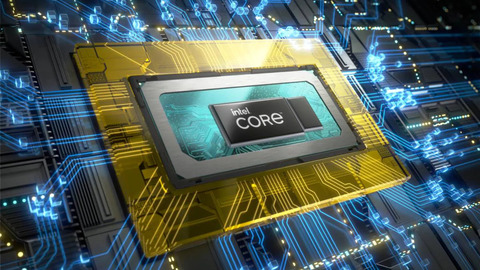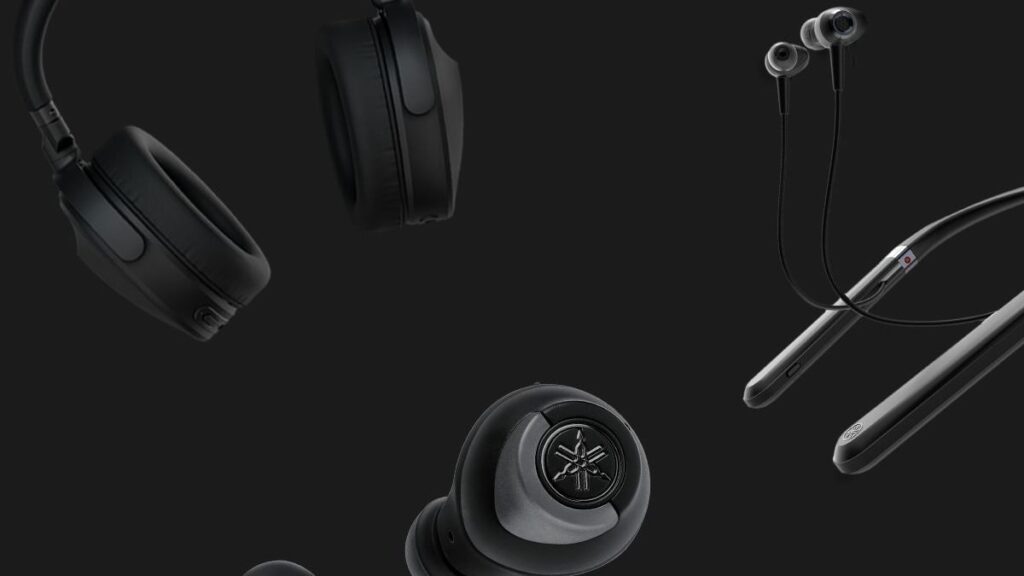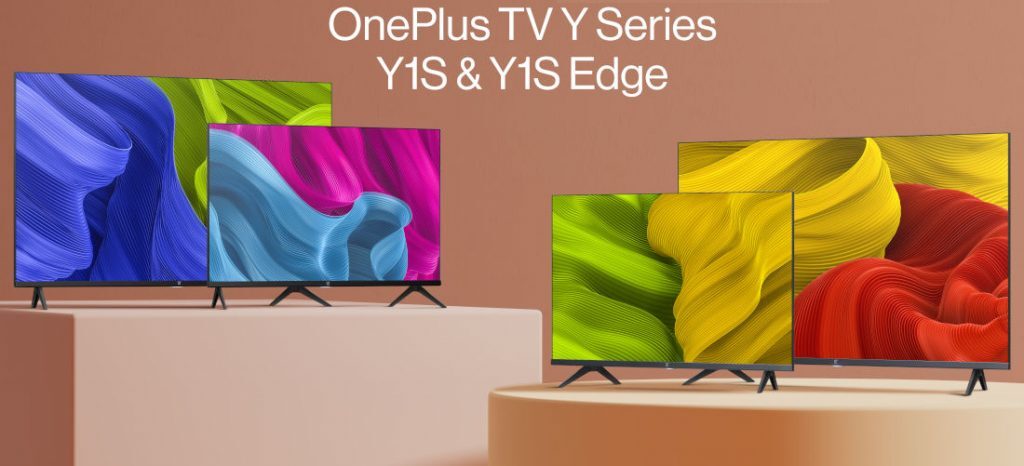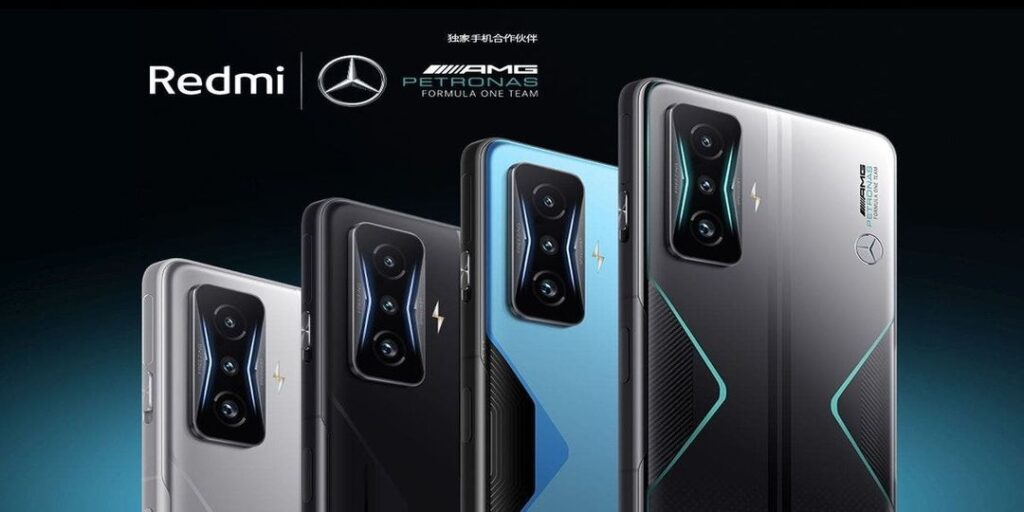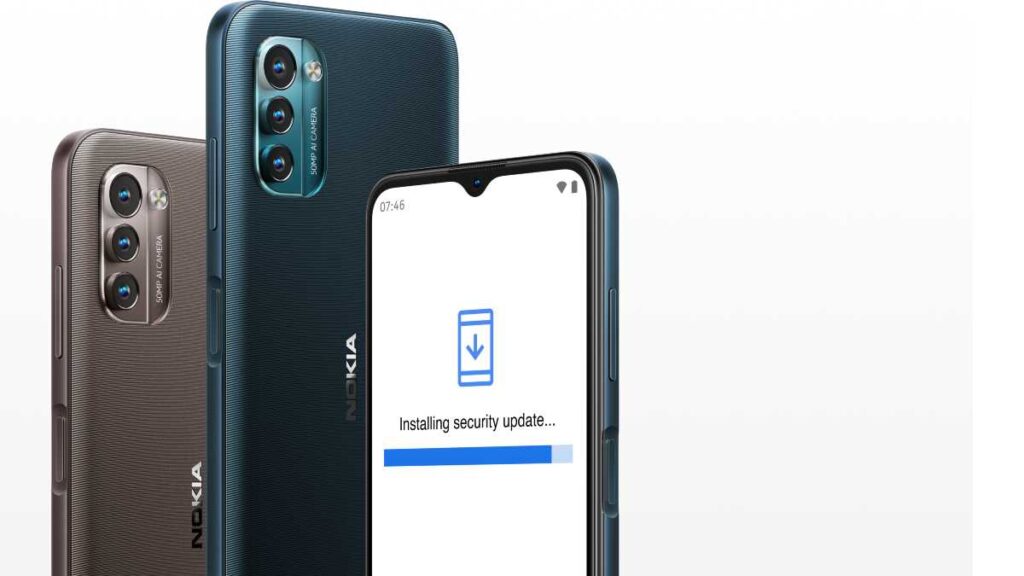TWS Echo Buds 2nd Gen Is Now Available In India.
In India, Amazon has released the Echo Buds (2nd Gen) true wireless stereo (TWS) earphones. The latest device in the brand’s Echo lineup features a 5.7mm dynamic driver as well as Bluetooth v5 connectivity. Active noise cancellation is included in the new Amazon Echo Buds (2nd Gen) TWS earphones (ANC). These have Amazon Alexa built-in, as well as Siri and Google Assistant voice assistant support, allowing users to control a paired smartphone without touching it. For sweat resistance, the pair is rated IPX4. Customers have the option of selecting from a variety of case types. With ANC and Hands-Free Alexa enabled, the new TWS Echo Buds are said to provide up to five hours of music playback on a full charge.
Specifications And Features
The new Amazon Echo Buds (2nd Gen) TWS earphones are powered by 5.7mm speaker drivers, according to the specifications. Three microphones are housed in each earbud for improved audio clarity. The earbuds are in-ear, but Amazon claims that their narrow nozzles reduce ear pressure and allow them to be worn for longer periods of time. Four sets of ear tips and two sets of wingtips in various sizes are included with the wireless earbuds. On each earbud, there are touch controls.
Amazon claims that the active noise cancellation in the Amazon Echo Buds (2nd Gen) TWS earphones provides an immersive audio experience by cancelling ambient noise. Aside from ANC, the new earbuds have a Passthrough Mode that allows the user to hear environmental sounds when needed, allowing them to be more aware of their surroundings.

The new TWS earbuds have an Alexa voice assistant built-in, allowing users to control the device without touching it. Simple voice commands can be used to play music, podcasts, and other media. Android 6.0 and iOS 12 or higher support Alexa voice control. Furthermore, with a paired smartphone, Amazon Echo Buds (2nd Gen) support both Google Assistant and Siri.
The Amazon Echo Buds (2nd Gen) are said to have multiple privacy controls, according to Amazon. The Alexa app allows users to silence the microphones. Users can also access, listen to, and delete their recordings at any time. Amazon’s new TWS earbuds are sweat-resistant to IPX4 standards. The Amazon Echo Buds (2nd Gen) also have Bluetooth v5 connectivity. Both Android and iOS devices can be used with them. Accelerometer, proximity sensor, touch sensor, and hall sensor are among the sensors on the TWS earbuds.
The new Amazon earbuds come with USB Type-C connectivity and are said to provide up to five hours of music playback on a single charge when using ANC and Hands-Free Alexa. When combined with the charging case, the Amazon Echo Buds (2nd Gen) TWS earphones are said to provide up to 15 hours of playtime. With ANC and Hands-Free Alexa turned off, the earbuds alone are said to provide up to 6.5 hours of music playback time on a full charge. With a 15-minute quick charge, Amazon claims the earbuds can play music for up to 2 hours. The earbuds measure 20.0×19.1×19.1mm and weigh 5.7 grammes without ear tips.
Price And Availability
In India, the Amazon Echo Buds (2nd Gen) TWS earphones with a USB Type-C wired charging case cost Rs. 11,999. A higher-end model with a wireless charging case will set you back Rs. 13,999. Amazon is offering a Rs. 1,000 discount on both options as a launch offer. The earbuds are currently available for purchase on Amazon India in the colour black.
